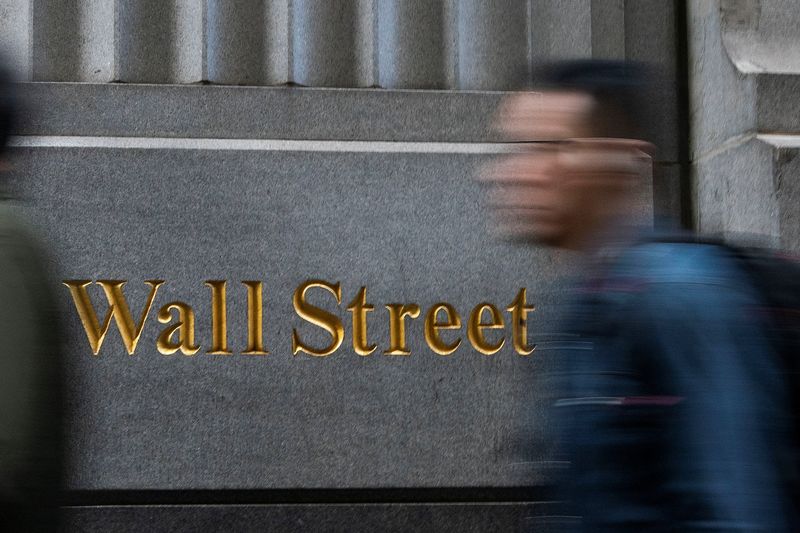By Saqib Iqbal Ahmed
NEW YORK (Reuters) – A cocktail of interest rate fears and geopolitical tensions is keeping U.S. stock investors defensive and driving Wall Street’s most closely watched volatility gauge to its highest level in six months.
Down nearly 5% from the record high set in late March, the Cboe Volatility Index broke above 20 overnight as tensions between Iran and Israel escalated, the highest since late October.
Often called Wall Street’s “fear gauge,” it is an options-based measure of investor demand for protection against short-term stock swings. Yields have risen in recent weeks as signs of persistent inflation have eroded expectations about how deeply the Federal Reserve will cut rates this year and worries grow about a widening conflict in the Middle East.
The S&P 500 is still up about 5% this year, and stock bulls are hopeful that a strong earnings season can boost investor confidence in the coming weeks.
Still, some believe a jump in volatility is warranted after a run that has seen the S&P 500 rise as much as 28% from its October low.
“In retrospect, the market was a little overbought a few weeks ago and there was a little too much optimism, exuberance and FOMO,” said Joe Tigay, portfolio manager of Rational Equity Armor Fund, using the acronym for “fear of missing out.” . ”
“You’ve put a number of challenges in your path, such as rising interest rates and potential war… it makes perfect sense to withdraw,” he said.
The VIX has not closed above 20 for 121 days in a row, the longest streak since 2018.
Stocks were weaker on Friday after Israel launched an attack on Iranian soil, in the latest tit-for-tat exchange between the two foes. The S&P 500 recently fell 0.4%, on pace for its sixth consecutive session of losses, the longest losing streak since October 2022.
Market participants noted that the VIX is trading 1.26 points higher than its May futures, the index’s largest premium to front-month futures in four months. That’s in stark contrast to the 0.75-point discount at which front-month futures typically traded over the past decade, LSEG data shows.
Analysts said the so-called “inversion” underlines investors’ concerns about short-term threats to the market. It “tells us that people are more concerned about the here and now,” said Chris Murphy, co-head of derivatives strategy at Susquehanna Financial Group.

Tigay of the Rational Equity Armor Fund noted that while the VIX has risen to a multi-month high, it still remains below levels that have marked a crescendo of investor fear in the past.
“Maybe that could be a sign of more downsides to come,” he said.


